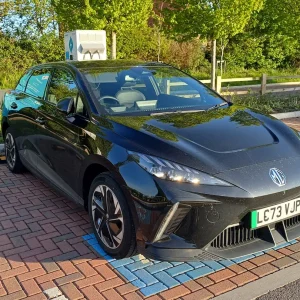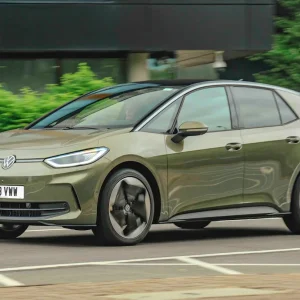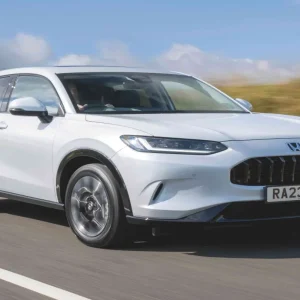This is the first car that will be offered with three different battery-related powertrains. The most popular, driven here will be the full hybrid, combining petrol engine with a small electric motor recharged through regeneration under deceleration – a la Toyota’s Prius – while also coming in October is a full electric model with a claimed range of 174 miles. Following in the second quarter of 2017 is a plug-in hybrid, with a range of around 30 miles before the 1.6 petrol engine kicks in.
This hybrid is expected to take around half of sales, and goes from £19,940-£23,540, costing £7200 less than the electric version, before the EV’s £4500 Government grant is taken into account.
The first thing to note with the Ioniq Hybrid is that the DCT gearbox makes for a much better powertrain than the Toyota Prius’s CVT transmission. The Hyundai doesn’t suffer from the Toyota’s issues of making lots of noise in relation to attempts at acceleration, and although the latest Prius is much improved, it’s still not at the Ioniq’s level.
Refinement is good and the 1.6-litre petrol engine’s gear-change is as subtle as any decent automatic, easing the argument that the switch to a hybrid is just as normal as picking petrol or diesel.
Read the full review here.
And don’t forget to subscribe to the BusinessCar Youtube channel
Previous video reviews:





